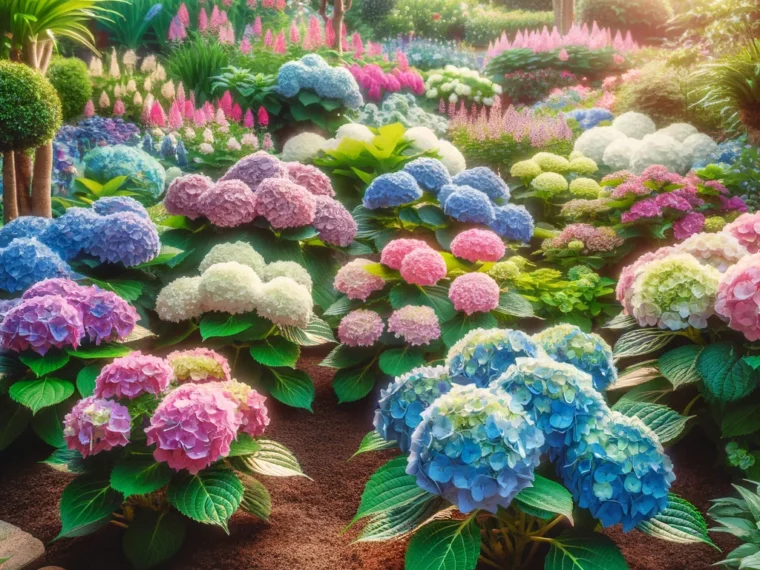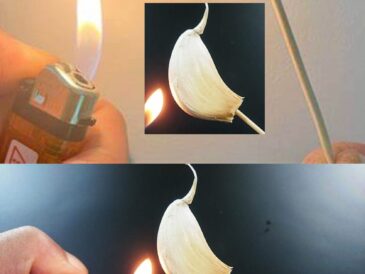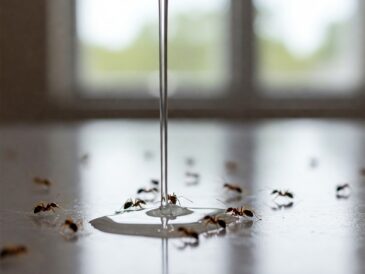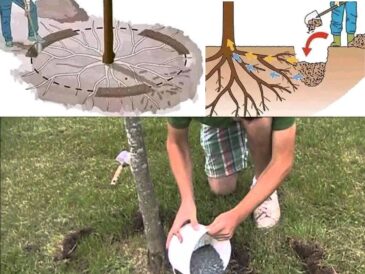Hydrangeas are beloved for their lush, colorful blooms that can transform any garden into a vibrant oasis. However, it’s disappointing when the plant you’ve nurtured all year fails to produce flowers. If your hydrangea didn’t bloom as you hoped, you’re not alone. Many gardeners face this issue, and the reasons are often tied to a few common mistakes or environmental factors. Here’s a detailed breakdown of why your hydrangea might have underperformed and how to ensure it thrives next season.
1. Pruning at the Wrong Time
One of the most common reasons hydrangeas fail to bloom is improper pruning. Hydrangeas can be categorized into two main types based on their blooming habits:
- Old wood bloomers (e.g., Hydrangea macrophylla, Hydrangea quercifolia): These produce flowers on stems that grew the previous year. Pruning in late fall, winter, or early spring can inadvertently remove flower buds.
- New wood bloomers (e.g., Hydrangea arborescens, Hydrangea paniculata): These bloom on the current year’s growth and are less sensitive to pruning timing.
Solution: Identify your hydrangea type and prune accordingly. For old wood bloomers, prune right after flowering in summer. For new wood bloomers, prune during dormancy in late winter or early spring.
2. Harsh Winter Damage
Cold winter temperatures can damage flower buds on old wood bloomers. If your hydrangea experienced a particularly harsh winter or a late spring frost, the buds may have been killed before they had a chance to bloom.
Solution:
- Protect your hydrangea during winter by mulching around the base and wrapping the plant in burlap if severe cold is expected.
- Consider planting in a sheltered location to reduce exposure to extreme temperatures.
3. Too Much or Too Little Sunlight
Hydrangeas have specific light requirements depending on their variety:
- Hydrangea macrophylla (bigleaf hydrangea): Prefers morning sun and afternoon shade.
- Hydrangea paniculata (panicle hydrangea): Thrives in full sun but tolerates partial shade.
- Hydrangea quercifolia (oakleaf hydrangea): Grows well in dappled shade.
If your hydrangea is not receiving the appropriate amount of sunlight, it may struggle to produce flowers.
Solution: Observe your plant’s location throughout the day. If it’s in deep shade or full, harsh sun, consider transplanting it to a spot that better suits its needs.
4. Incorrect Fertilization
Fertilization can be a double-edged sword. While hydrangeas need nutrients to grow, too much nitrogen encourages lush green leaves at the expense of blooms.
Solution:
- Use a balanced, slow-release fertilizer with a lower nitrogen ratio, such as 10-10-10, applied in early spring.
- Avoid over-fertilizing and supplement with compost for a more natural nutrient boost.
5. Poor Soil Conditions
Hydrangeas prefer well-draining, rich soil. If your soil is too compacted, overly sandy, or lacking in organic matter, the plant might not have the resources it needs to bloom.
Solution:
- Amend your soil with organic compost or aged manure to improve its structure and fertility.
- Check the soil pH; bigleaf hydrangeas, for instance, can bloom blue in acidic soil and pink in alkaline soil, but extreme pH imbalances may hinder flowering altogether.




